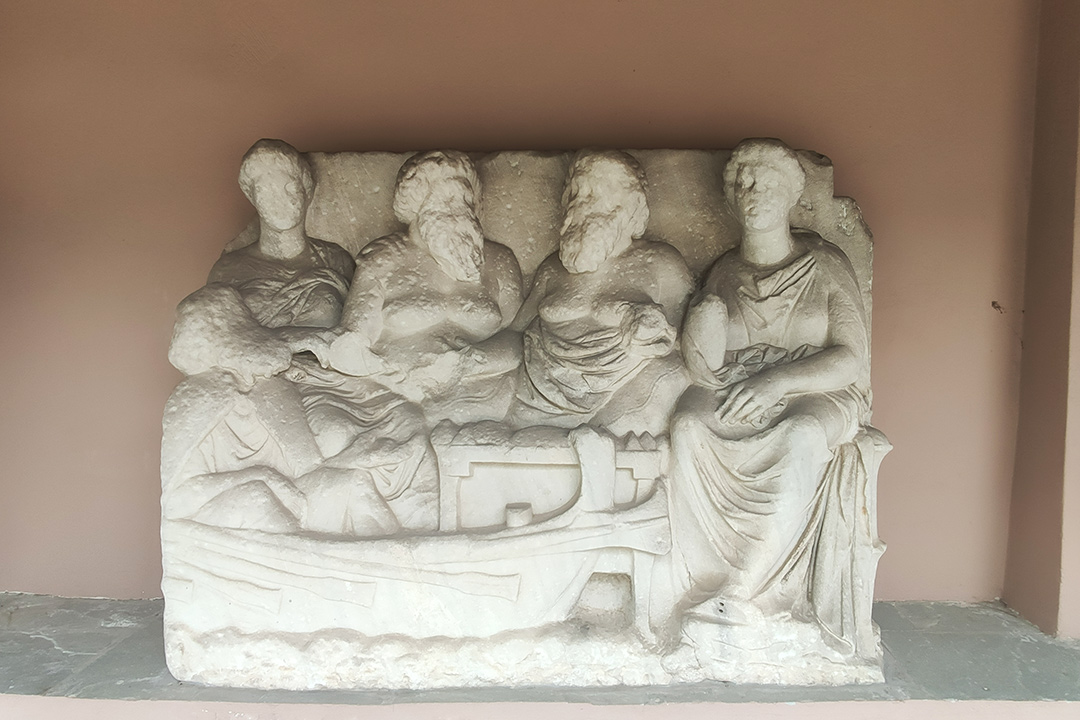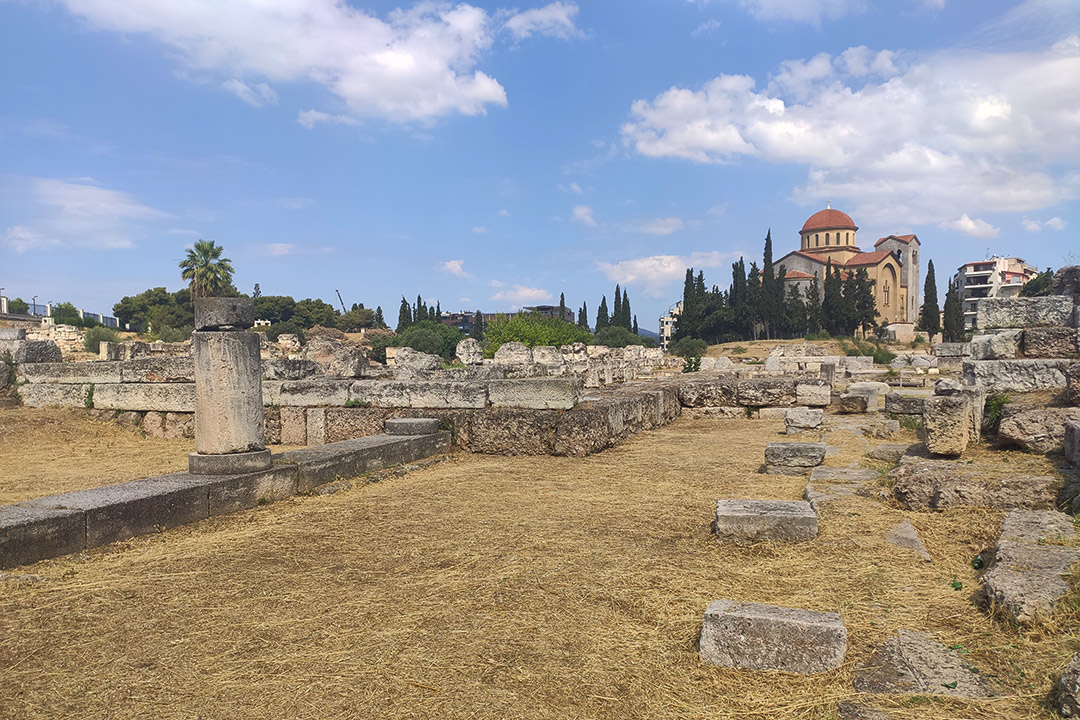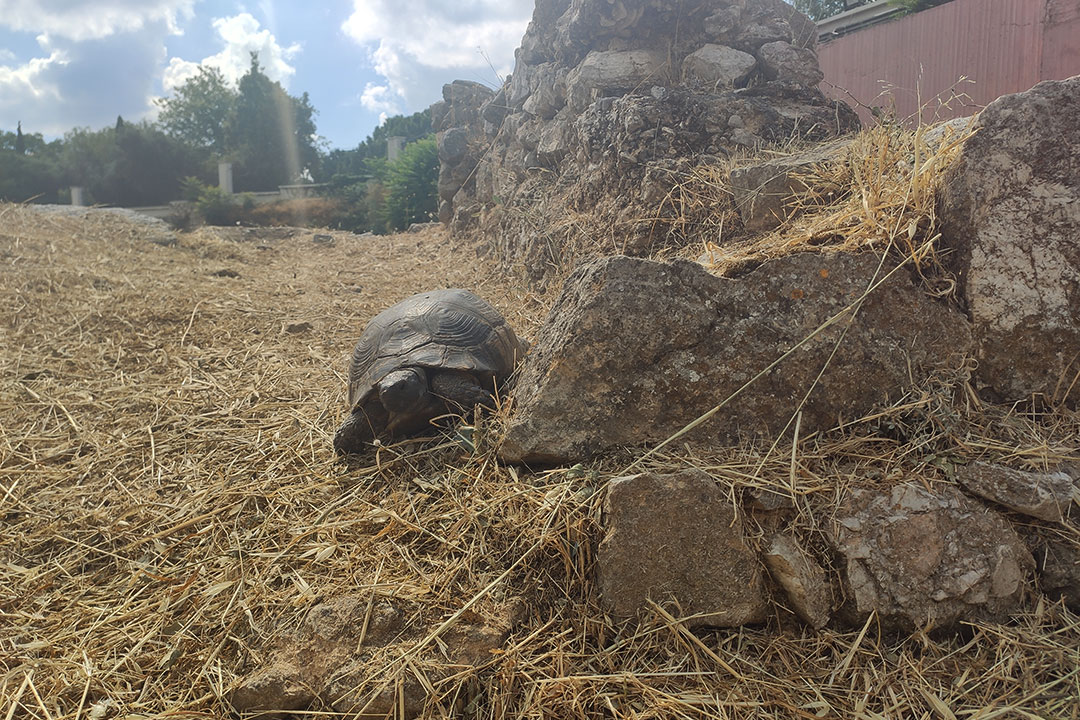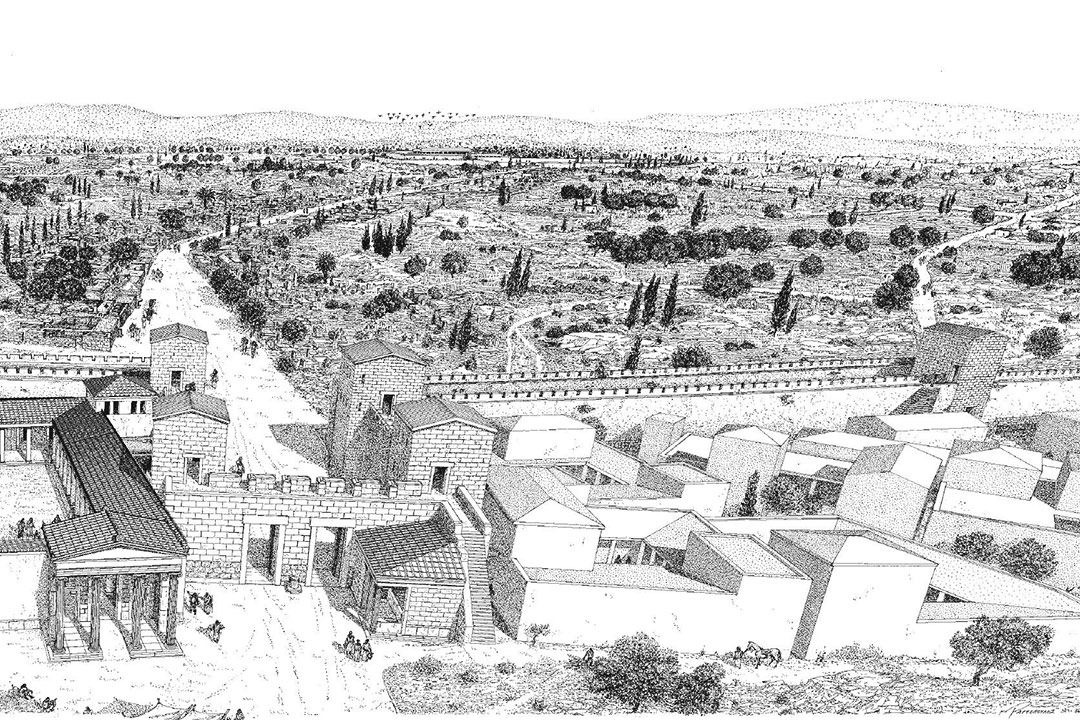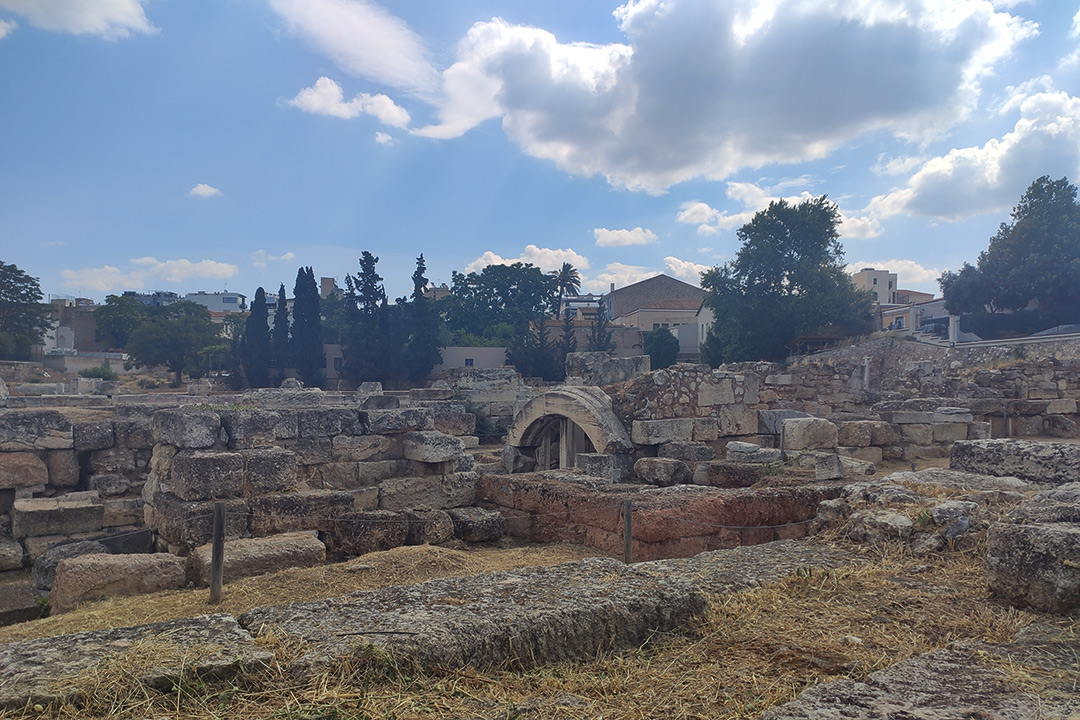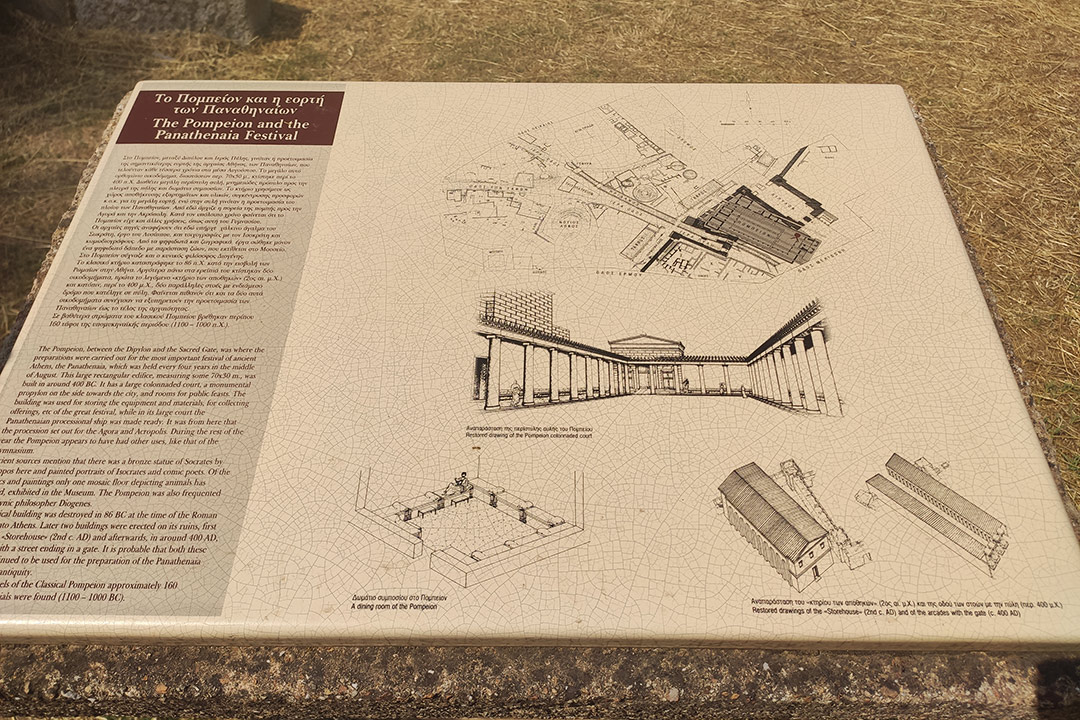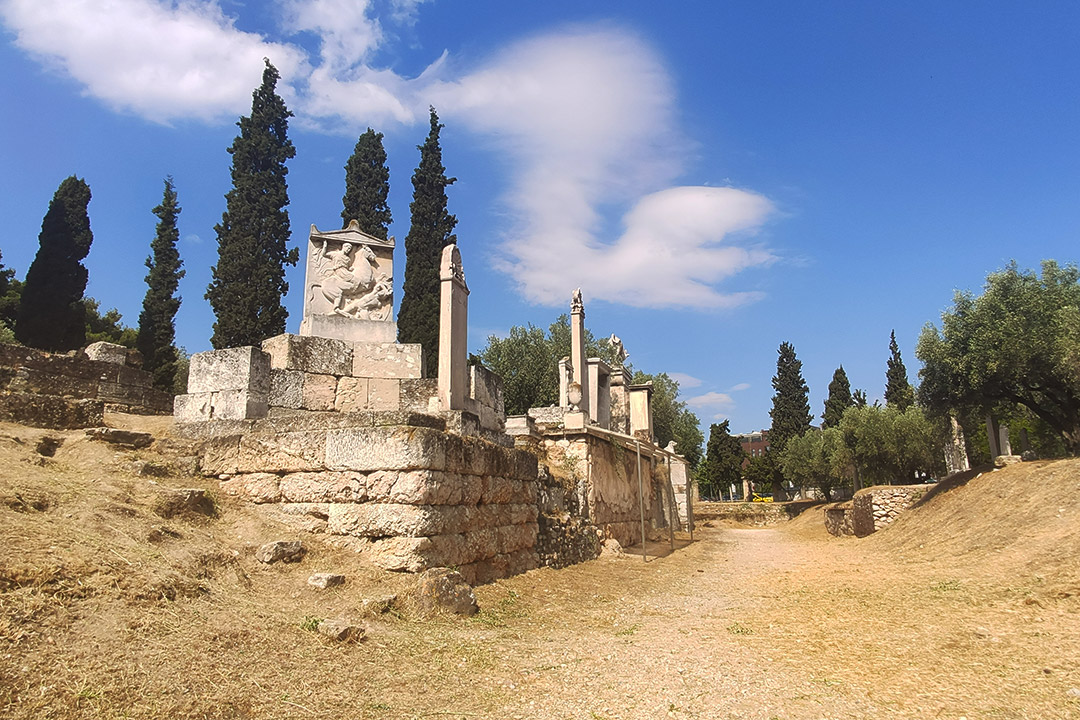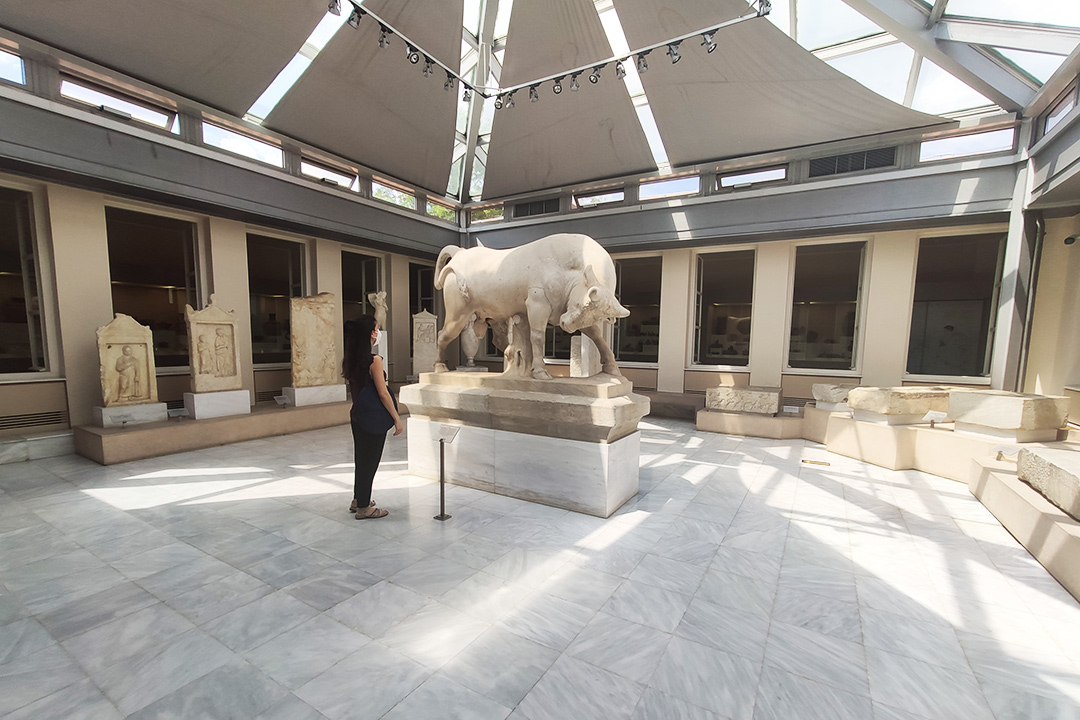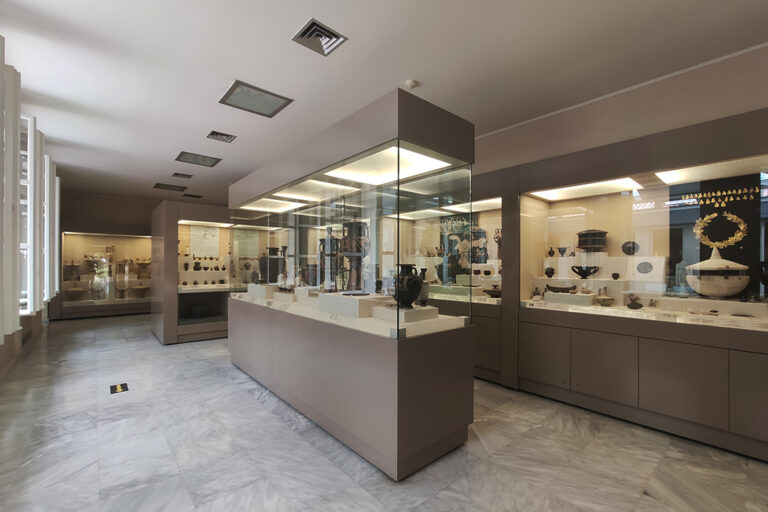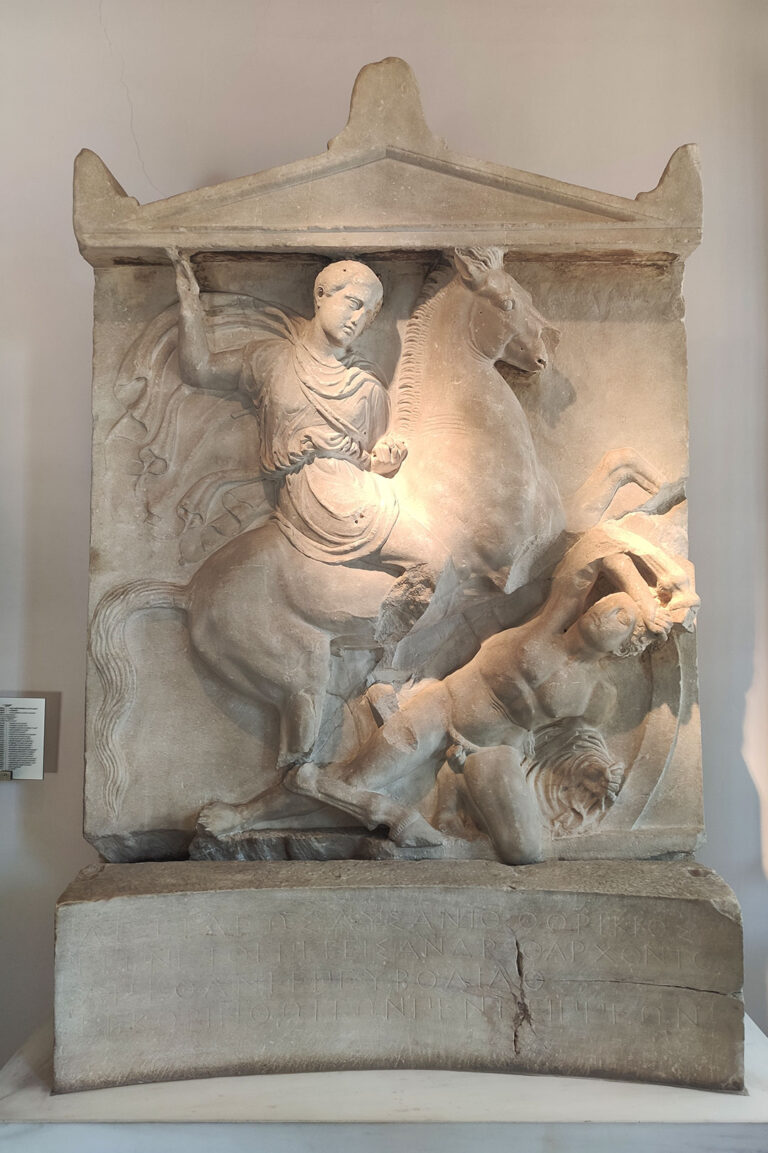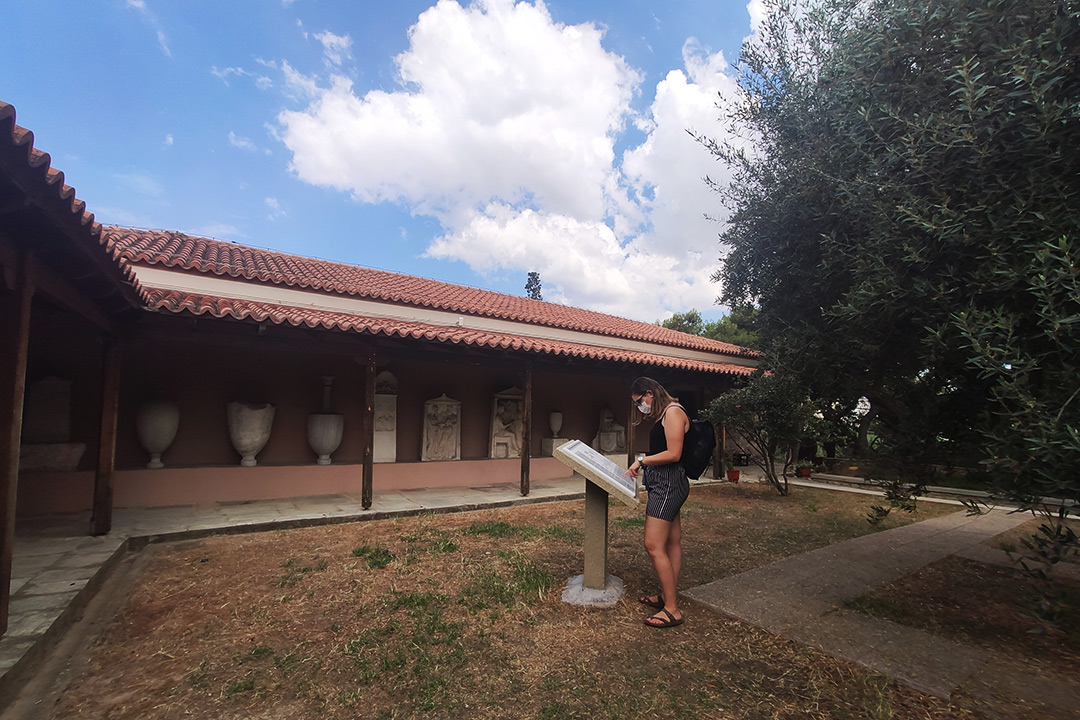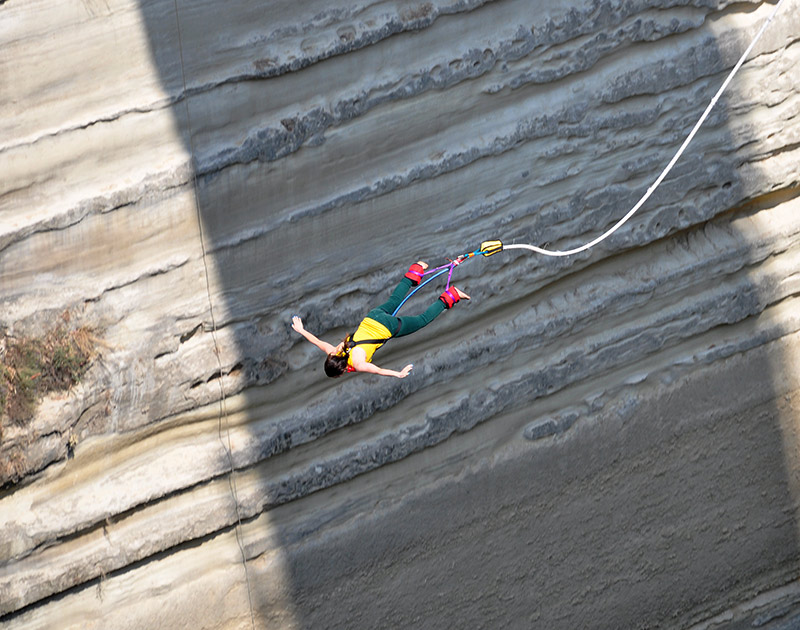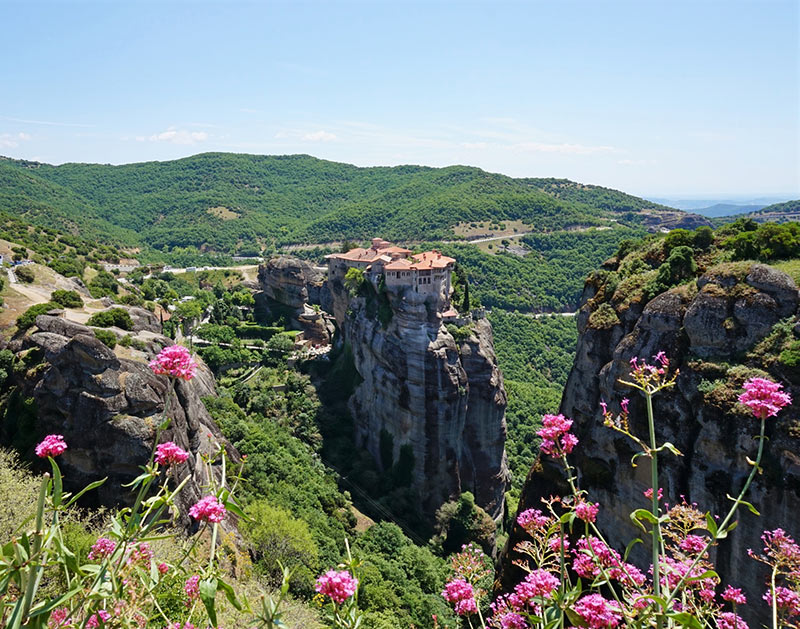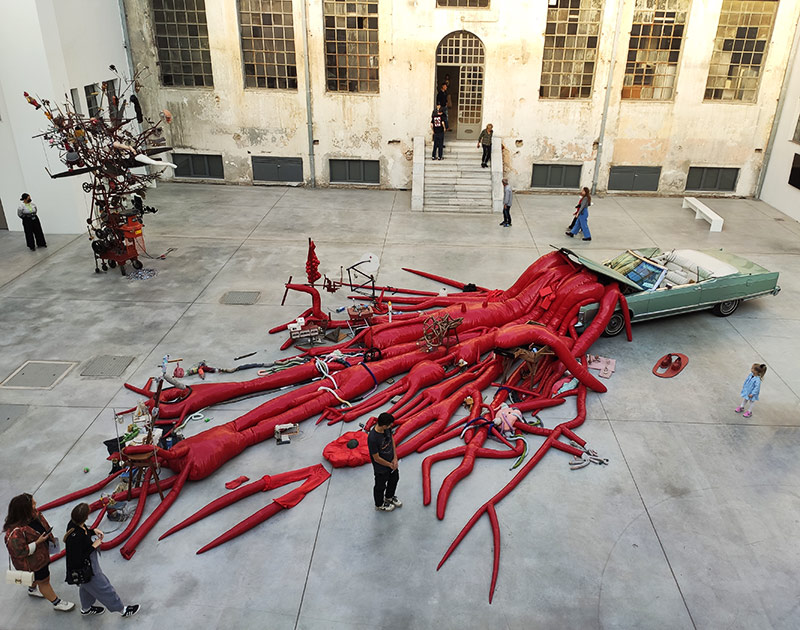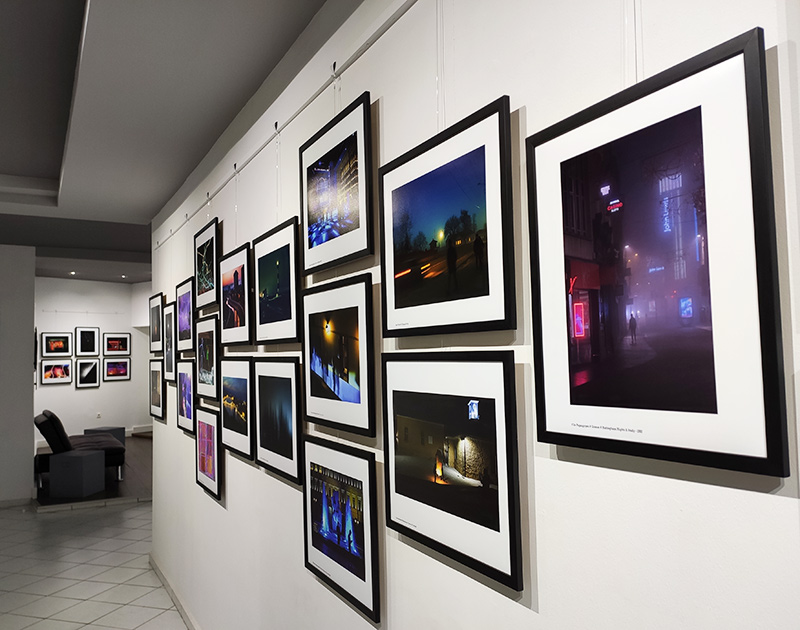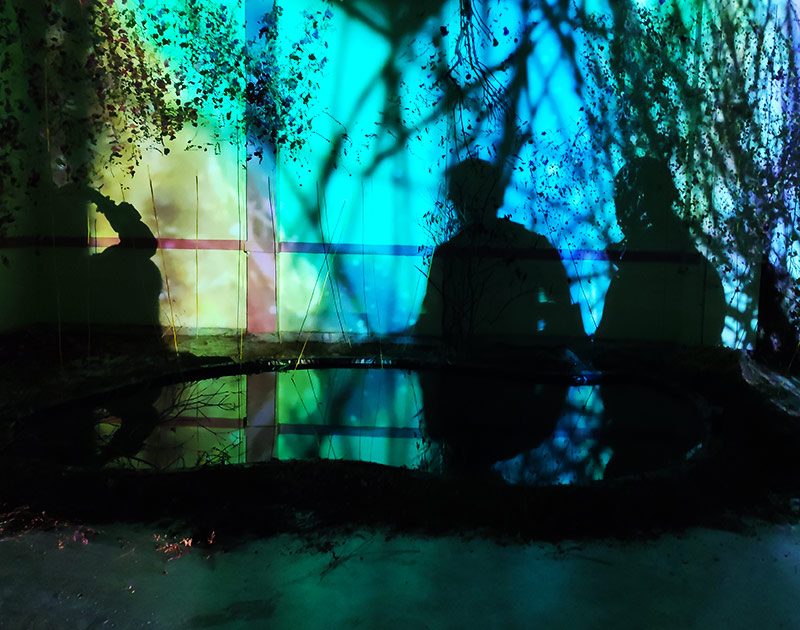Sofia Ps.
Kerameikos
Kerameikos was a demos (subdivision) of ancient Athens, which was probably named after the potters’ quarter located there (Kerameikos in Greek means Ceramic). The area, known as one of the most beautiful in Athens, was really important in antiquity. Apart from the potters’ workshops, it incorporated the official cemetery of the city as well as the main gate.
The archaeological site of Kerameikos includes only a small part of the ancient demos. However, there are so many different things in these small places! First of all, there’s part of the fortifications of the ancient city. So, you have a chance to see the ancient wall, as well as two gates. Moreover, there are houses and public buildings, such as Pompeion. Last but not least, there is part of the most significant burial grounds of Athens.
After the Persian Wars, Athens was fortified with a new wall which enlarged the city. The so-called “Themistoclean” wall was built in 478 BC and it separated Kerameikos demos in two, the inner and the outer Kerameikos. The lower foundation of the wall you see today on the site belongs to this time period.
Dipylon was the largest and most formal entrance to ancient Athens and it connected the city to Plato’s Academy. It was a huge construction, the largest gate in the ancient world. The courtyard formed between the four towers was a brilliant way to strengthen the defence of the gate, but in peacetime, it also served as a gathering place for citizens and travellers.
Right next to Dipylon there was another entrance, called Sacred Gate. The name relates to the Sacred Way, the highway which connected the city to Eleusis, the site of the Eleusinian Mysteries. Interestingly, the gate also incorporated the bed of Eridanos river in its construction.
Within the walls, between the two gates, there was the Pompeion, a public building of the 4th century BC. It served as a place for the preparations of the most important festival of ancient Athens, the Panathenaic Games, which were held every four years.
For centuries the Athenians were burying their dead here, as the area of Kerameikos was used as burial grounds since prehistoric times. The societal changes are reflected in the different burial customs, offerings, monuments, ornament and decoration styles etc. The graves of the richer and more prominent people of the community were marked with statues, grave stelae or even large funerary vases. These were above the ground, so ancient people could see them, read the inscriptions and walk among the monuments. And today we can do almost the same thing at the Street of the Tombs, where you can get an idea of what the place used to look like. This was my personal favourite experience of the visit.
The museum of the site is definitely worth a visit! It’s small and fun to explore, full of many interesting objects from the excavations of the site and the cemetery.
Conclusion
Kerameikos is one of my favourite archaeological sites in Athens. What I love about archaeology is the everyday stories of people, the actual people that lived and walked and ate food and sang songs and fell in love and died all those years ago. Their graves tell us these stories. We get to know them; Know their names, their favourite things and their last resting place.
Kerameikos as a site, might not be as impressive as many monuments, but in some ways, it’s more authentic than most.

